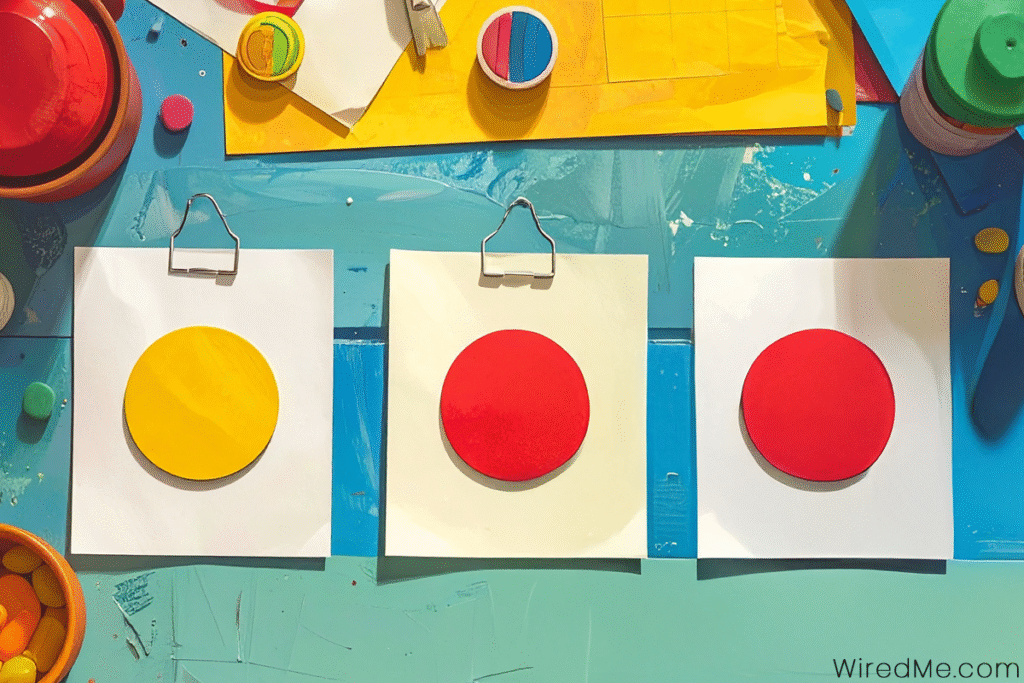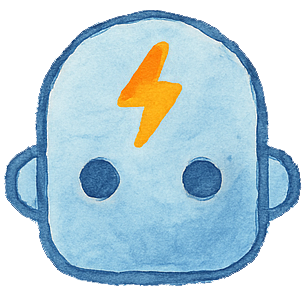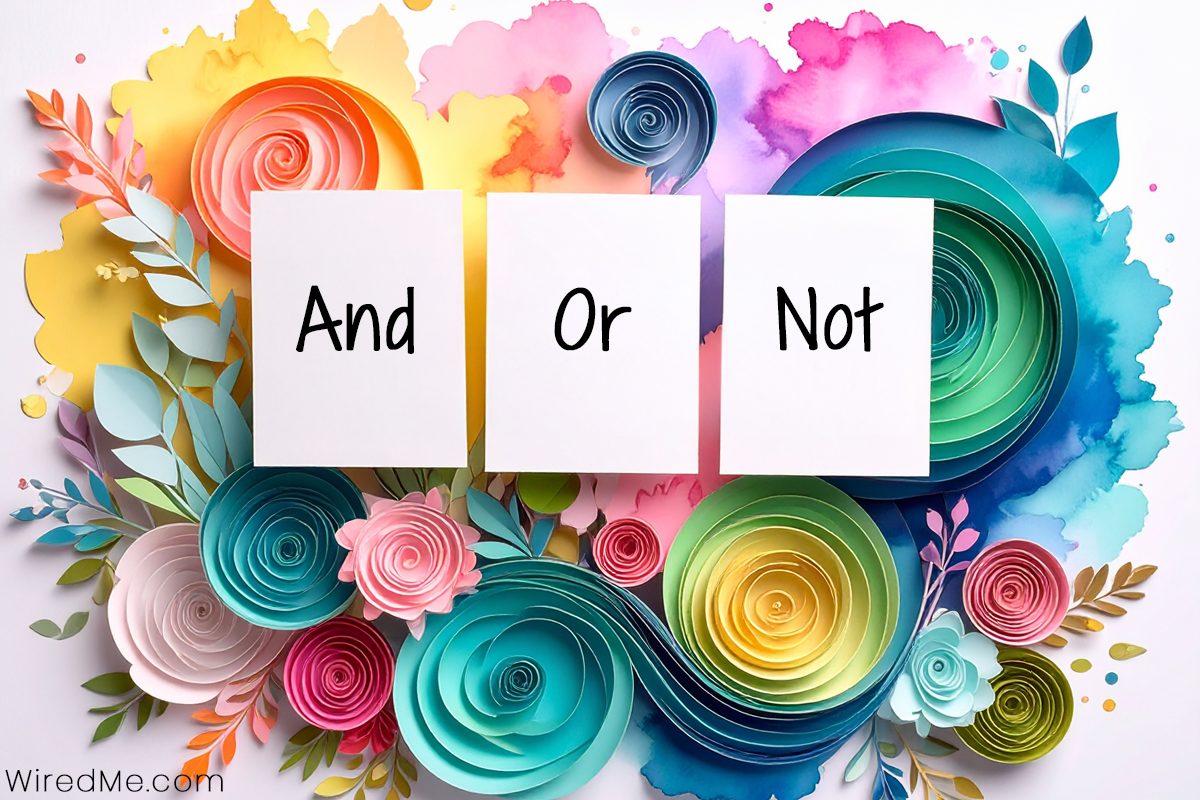Computers make decisions with true and false. Boolean logic for kids turns that big idea into small, playful steps we can try at the kitchen table. First we test what is true or false. Then we combine truths with AND, OR, and NOT. Because the rules are clear, kids build confidence fast.
What Is Boolean Logic for Kids?
In plain words, Boolean logic is a way to decide yes or no. A statement is either true or false. With boolean logic for kids, we start with those simple truths. Then we connect them to make rules that guide actions. This keeps thinking concrete and helps young learners focus.
Boolean Logic for Kids: Start with True or False
Hold up an item and say a short statement.
“This is red”.
“This is round”.
Kids shout true or false. Keep a quick pace. After a few rounds, switch roles so they make statements and you answer. As a result, listening improves and confidence grows. You can also walk around the room and point to things. Ask, “The chair is wooden”. True or false. The fast feedback keeps attention high.
Add AND, OR, NOT
Now introduce three power words. Say each word, show it on a card, and give a short example.
- AND means both must be true.
- OR means either can be true.
- NOT flips the truth.
State the rule, act it out, and say it again. Repetition helps these ideas stick.
Kitchen-Table Sorting Game

Place a pile of toys or household items on the table. Read a rule and let kids sort winners into a basket.
- “Pick items that are red AND round“.
- “Pick items that are blue OR big“.
- “Pick items that are NOT soft“.
Rotate who reads the rule. Write each rule on a sticky note so kids can replay the round on their own. This keeps boolean logic for kids hands on and fun.
Real-Life Checks
Bring logic into daily routines so it sticks.
- “We go outside if it is sunny AND we finished math”.
- “You can pick a game if chores are done OR it is family night”.
- “Snack is NOT chosen if we are about to eat dinner”.
Because these checks are familiar, kids see how logic guides real choices at home.
K–2 Tips
Start simple and stay playful.
- Use only true or false for the first week.
- Add one connector at a time, starting with AND.
- Keep sentences short and use concrete objects.
- Celebrate quick, correct answers to build momentum.
These steps keep boolean logic for kids friendly for early readers.
Grades 3–5 Extensions
Level up while staying screen free.
- Write a rule on a card. Kids create three examples that pass and one that fails.
- Chain rules: “red AND round AND small”.
- Switch the connector to see what changes. Try OR instead of AND.
- Tie to conditionals: “If the rule is true, then act”. Have them state the action.
Older kids enjoy edge cases. Invite tricky rules that sound right but fail on one detail.
Mini Challenges You Can Repeat
- Mystery Bag: Reach in and pull an item that matches “metal AND small”.
- Room Scan: Find two things that match “green OR square”.
- Rule Flip: Take a winning item and explain why it fails under NOT.
These quick rounds make boolean logic for kids part of daily play.
Why This Matters
Boolean logic is the base layer of filters, searches, and conditionals in code. Kids learn to test a rule and act only when it is true. As a result, they are ready for if and else, search filters, data tags, and simple programs.
Want more unplugged practice? Explore free activities at CS Unplugged. The games are hands on, low prep, and easy to run at home.


Leave a Reply